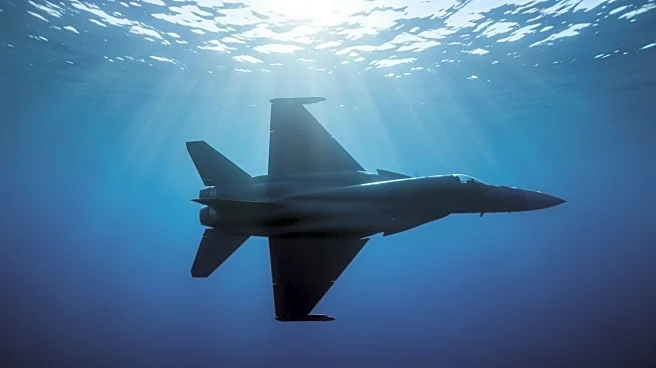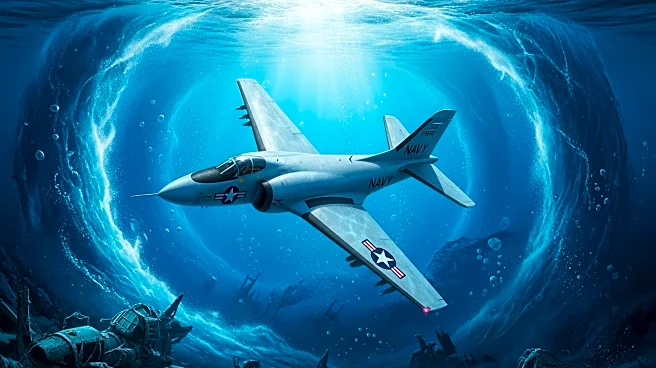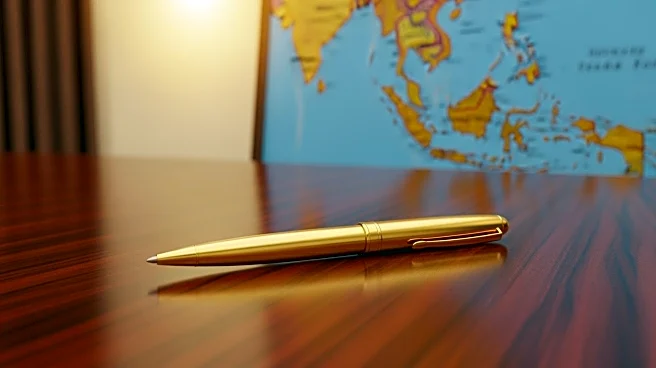What's Happening?
On Sunday, two U.S. Navy aircraft, an MH-60R Sea Hawk helicopter and an F/A-18F Super Hornet fighter jet, crashed separately in the South China Sea. Both incidents occurred during routine operations. The MH-60R Sea Hawk, assigned to the Helicopter Maritime
Strike Squadron 73 'Battle Cats,' crashed around 2:45 p.m. local time. All three crew members were safely rescued. Approximately 30 minutes later, the F/A-18F Super Hornet from the Strike Fighter Squadron 22 'Fighting Redcocks' also crashed. Its two crew members ejected and were rescued by search and rescue teams from Carrier Strike Group 11. The U.S. Pacific Fleet confirmed that all crew members are in stable condition. Investigations into the causes of the crashes are currently underway.
Why It's Important?
These incidents highlight the risks associated with military operations in the South China Sea, a region known for its strategic importance and geopolitical tensions. The safe rescue of all crew members underscores the effectiveness of the Navy's emergency protocols and search and rescue operations. However, the crashes may prompt a review of operational procedures and aircraft maintenance protocols to prevent future occurrences. The incidents occurred amid President Trump's diplomatic tour in Asia, which includes trade talks with Chinese leader Xi Jinping, potentially adding a layer of complexity to U.S.-China relations. The investigation outcomes could influence military strategies and diplomatic engagements in the region.
What's Next?
The U.S. Navy will continue its investigation to determine the causes of the crashes. Findings from these investigations may lead to changes in operational protocols or aircraft maintenance procedures. Additionally, the incidents could prompt discussions between U.S. and Chinese officials, especially given the timing during President Trump's diplomatic tour. Stakeholders, including military leaders and policymakers, will likely monitor the situation closely to assess any implications for U.S. military operations in the region.
Beyond the Headlines
The crashes may have broader implications for U.S. military presence in the South China Sea, a region with ongoing territorial disputes. The incidents could influence future military deployments and strategies, as well as diplomatic relations with countries in the region. The safe rescue of crew members highlights the importance of robust emergency response systems, which may be reviewed and enhanced as a result of these events.













